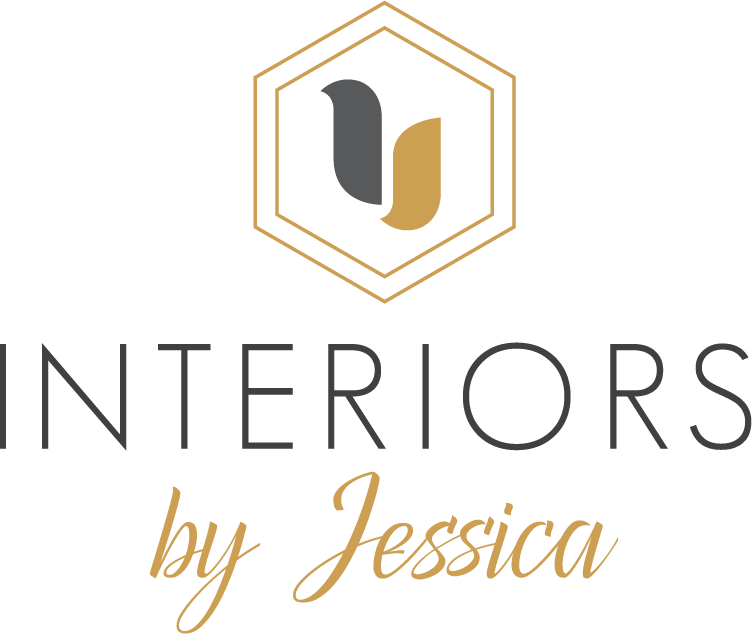12 TIPS TO MAKE YOUR MASTER BEDROOM FEEL LARGER THAN IT IS
In my years working with 1st timers, there have been a few who’ve questioned the size of the home they bought. I have heard from “It seems smaller than the show home” to “Should I measure the rooms to make sure they sold us the right size?”
Most likely, it’s not a matter of misleading advertising, but how rooms in show homes are staged to feel and look larger. There’s a trick to that and most of them are simple enough you can implement on your own and under a 1st-time homeowner’s budget.
In 3 words: Clean. Simple. Lines.
Let’s first consider 3 aspects in every room: the actual size, the wall limitations, and the decoration itself.
YOUR ROOM SIZE
I visited the websites of some popular developers in my area and checked out the blueprints for their small to medium size homes, and even though there are no solid rules, I was able to find some similarities in how big master bedrooms are designed.
For homes in the high 300K to low 400K: the smallest suite was 9×11 and the largest 14×14, but the average size was 12×12. And in homes valued in the mid 400K, the average size of a master was 12×13. That is not a huge difference, but since king-size beds are 16″ wider than the next size down, queen beds, I recommend studying your floorplan before you decide on your bedroom furniture. But having a small room does not mean you have to have small furniture. In fact, small pieces may give the illusion that the room is smaller than what it really is. The key is in the layout, the style of the pieces, the traffic flow of the room, and ultimately, the decoration.

Whether your master bedroom is on the smaller or the larger side of the spectrum, consider the following tips:

- Make the layout work before your purchase. Create a simple layout on graph paper and position the bed first. Once you are happy with the location, determine how much space is left on both sides to understand how big your night tables should and can be. A comfortable space to walk around your furniture (or between furniture and walls) should never be less than 20″. You may want a king-size bed, but does it fit your space? Can you walk comfortably around it? Can you open dressers and doors? Yes, we all want to maximize our space, but avoid the temptation of choosing bed real estate over walking space or, how I like to call it, the traffic flow.
- Avoid bulky furniture. Your space may handle a queen size bed, but buying a canopy bed, one with posts or with a bulky headboard will visually crowd the space.
- Don’t block entryways or windows with your furniture, not even partially. The only exception is when placing a bed against a window, but other than that, doors into a room, dresser drawers, and cabinet doors should open completely. Squeezing through a door to enter a space, moving objects so you can open a dresser gives the opposite feel that a room is large.
- Choose soothing, calmer paint colors for all your walls. A space blanketed with the same tone without big contrasts or large patterns will create the illusion of uninterrupted walls, thus making the room feel larger.
- Keep continuity on all your walls. If your room has a chair rail molding across the walls, use one color on the entire wall (including the molding) or on both the chair rail and the wall section below it. Dividing a wall in 3 different colors visually breaks the space and overrides your goal of making it look bigger.
- Choose larger artwork rather than smaller different frames that overcrowds your vertical surfaces.
- Install drapes outside the window frame, and as high as you can. The panels should also go all the way to the floor even if you window doesn’t. Doing so will not just make the windows and the room look bigger than they are, it also allows all the natural light flow your room, which is another way to trick our eyes.
- Drive the eyes up with wall sconces, long drapes and vertical artwork.
- Last but not least, the decorations. They also play a big role in tricking our eyes. The firts thing you ought to do is to declutter, both visually and organizationally. Too many small objects on your tables and cabinets, and too many small frames on the walls will visually clutter the surfaces too.
- Opt for symmetrical compositions. Although I love the visual interest of an ecelctic design, the less busy a room is, the less our eyes have to work around it and allowing our brains to perceive calmness, and ample space.
- Use mirrors behind your night tables. This is an old trick but a valid one that is still used among designers.
- Choose wall mounted lights to free space on your night tables.

These 12 tips can be implemented on any type of budget, and they will most likely create clean, simple lines that characterize spaces that feel large and comfortable.





